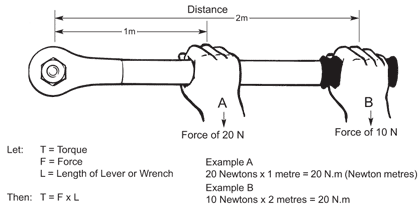Why Your Squat Sucks Compared to Your Deadlift (or Vice Versa)
Even the most experienced powerlifters can exhibit a massive discrepancy between these movements. Here’s why.
This article was originally published on my personal Medium account.
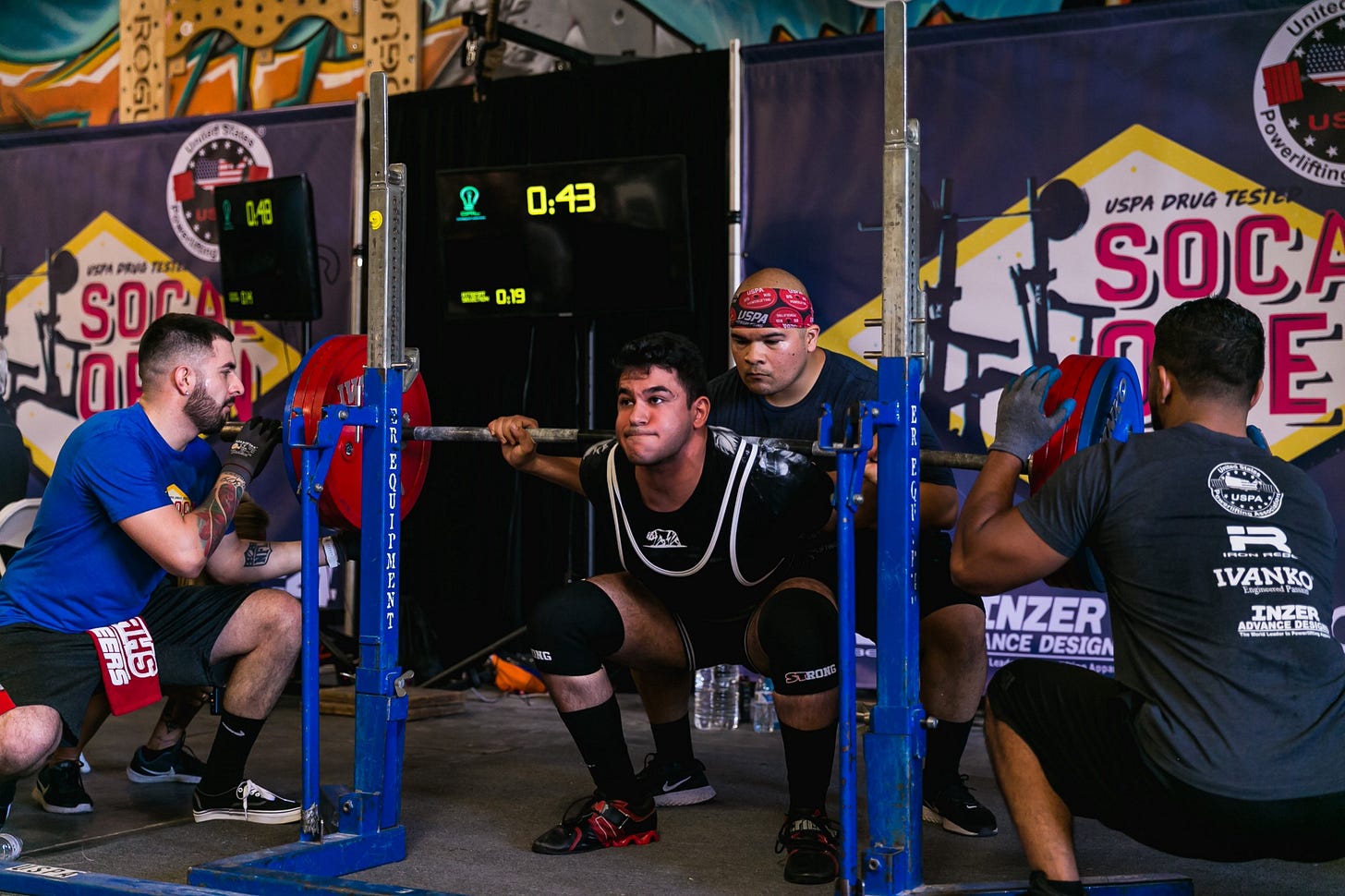
Squats and deadlifts are unanimously agreed upon to be cornerstone exercises for most able-bodied athletes by any coach or trainer worth their salt. When you consider the movement patterns, they are superficially similar exercises which employ similar muscle groups. While both movements are programmed with the intention of targeting particular muscle groups, both exercises’ ability to elicit full-body hypertrophic effects is what makes them so popular amongst iron-bound athletes.
Given the apparent similarities between these movements, you may have wondered why there tends to be a discrepancy between the strength and stats of these movements for most people. While the deadlift tends to trend higher than the squat for nearly everybody, for some, the difference is more drastic than for others. Ultimately, it comes down to how the biomechanics of each movement harmonize with your unique anthropomorphic tendencies, as well as your practice developing the independent movement patterns. In simpler terms, the shape and insertions of your musculature and skeleton and how good you are at performing each movement make all the difference in the world for the squat and the deadlift.
Biomechanical Differences
Before we delve into the minutiae of both movements, it’s important to ensure an understanding of some basic scientific concepts surrounding the forces involved in each movement.
Fulcrum, Lever, and Moment Arms: Explained
If you’ve ever come across research or articles surrounding weight lifting science, you’ve almost certainly encountered the terms fulcrum, lever, and moment arm. The most common metaphorical analogy for demonstrating these concepts is that of a wrench. Consider the nut that the wrench encroaches as the joint (formally the fulcrum). Now, consider applying a downward force to the wrench at any point on the handle via your hands. If you apply force closer to the head of the wrench, you will likely have to push much harder than if you were to apply force further away from the head of the wrench. The compromise is that, given the shorter length of the handle or lever, you can generally rotate your hand less distance to move the fulcrum the same distance rotationally (assuming that you can actually generate enough force to do so in this compromised position).
The rotational force being applied is known as torque, and is a vector that is the product of the acting force and the distance from the fulcrum (also called the moment arm), as well as sin of the angle created by the intersecting body of the lever and the lever itself.
Squats Versus Deadlifts
Before I put you to sleep, let’s apply some of what we’ve discussed to the movement patterns at hand. At it’s core, the eccentric (downward) portion of the squat involves knee, hip, and ankle flexion; a stretch reflex is activated in the bottom position, resulting in extension of the involved appendices, producing the force necessary to get yourself out of the hole. Additionally, several other muscles, including the rectus abdominis, obliques, erector spinae, and even the terres muscles, are involved in stabilizing the torso and shoulders throughout the entire movement.
When it comes to the deadlift, the water is muddied a bit by inherent differences between sumo and conventional stances. Inclination of your torso forward over the bar increases spinal extension demands. Thus, a conventional deadlift, with its naturally more horizontal back angle, will demand more from your back than a sumo deadlift. The squat and deadlift’s muscle recruitment overlap occurs primarily in the posterior chain, via the hamstrings, glutes, and erectors. Additionally, the deadlift is also reliant on the lifter’s ability to stabilize the bar path via a collection of smaller muscles serving satellite functionality to the primary movers.
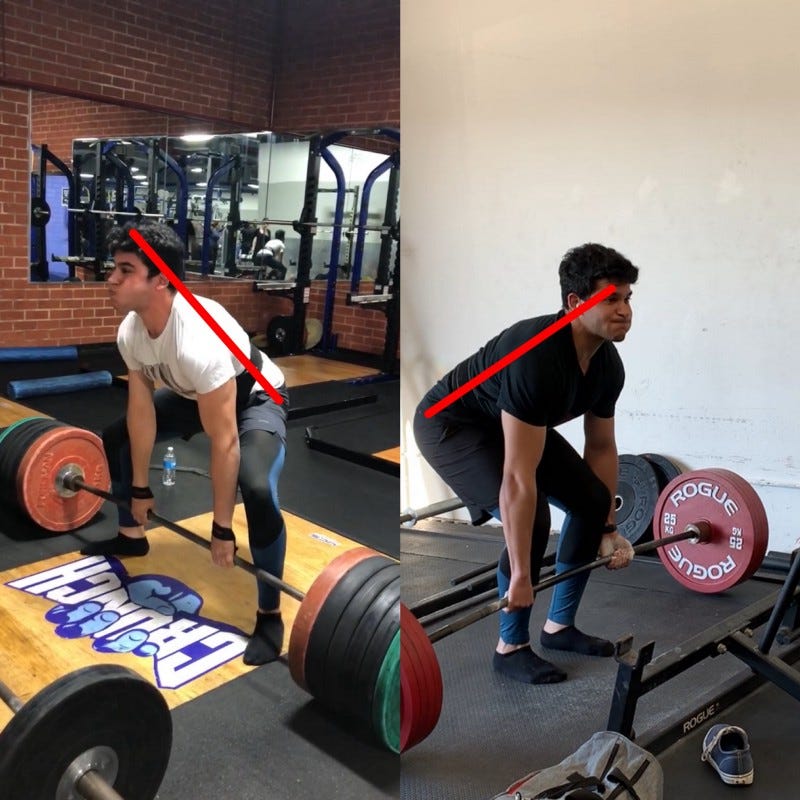
Broadly, that’s where the similarities between the two movements end. The squat is significantly more demanding of your ability to extend your knees (and thus, is significantly more quad-dominant, especially rectus femoris, than the deadlift). Assuming an ideal deadlift execution, your shins would be as close to vertical as possible, and knee extension and the quadriceps’ role in the movements would thereby be limited. Even assuming your starting position was compromised enough to produce significant knee extension, your shins would likely get in the way of the bar, the bar would drift forward significantly, and your body would correct the drift by flexing your spine. Your hips and your ability to seat your hips closer to the bar is imperative to efficient deadlift execution, sometimes even at the cost of thoracic stability.
That isn’t to say that the hips are not also a significant force generator of the squat. In fact, the hips and knees work in tandem to produce knee extension, thanks to “Lombard’s Paradox,” a principle named after a famous biomechanical scientist who sought to understand how antagonistic muscle groups could work together to produce movements like standing, running, and jumping. This would explain why people whose hips shoot too far behind the bar path at the bottom of a squat often struggle to recover. I recommend you read this great article by Greg Nuckols if you are interested in learning more on the matter.
All things considered, however, when you consider the situation through the lens of the physics concepts described earlier, the technical differences become more apparent. In many ways, the squat is significantly more technically demanding than the deadlift. Because the force of the load sits between the two articulating joints, the knees and the hips, there are two significant moment arms in the movement: that between the hip and the bar path and the moment arm between the knee and the bar path. As a result, the relationship between the extending knee and hip joints, and the many forms this relationship takes as a result of various squat positions (high bar, low bar, front squat, etc.), compounded by the infinite potential anatomical variations, means that the squat is a highly more variable, technical movement. Regardless, lifters with an ability to keep their torso upright while not sacrificing bar path stability tend to be gifted squatters.
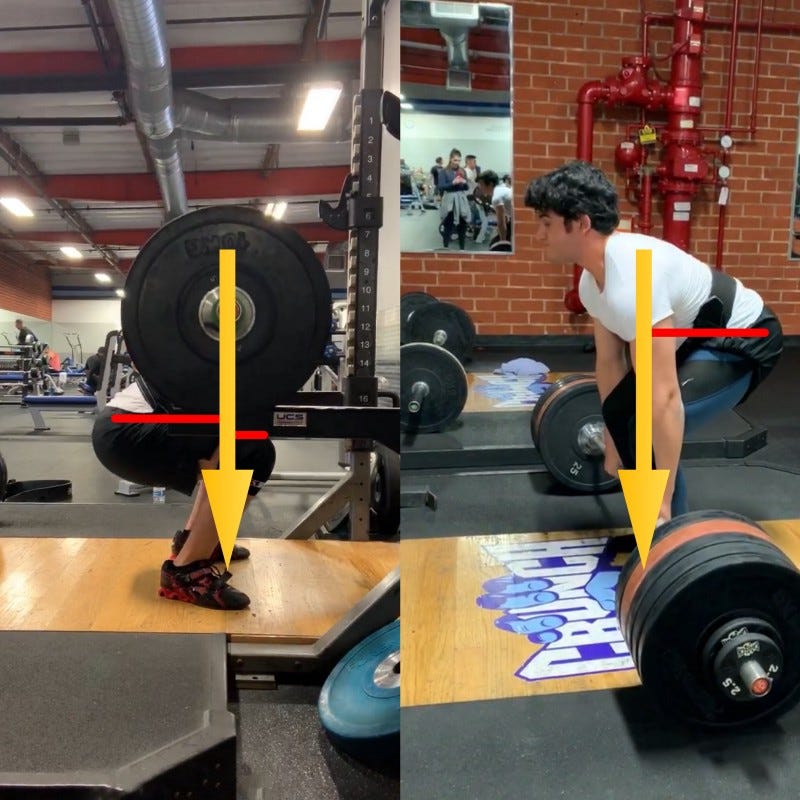
Conversely, the deadlift only has one primary moment arm: the length between the hip and the force vector generated by the bar at your shoulders. Anatomically speaking, the equation is fairly simple; if you can shorten the length of the lever (in this case, the distance between your hips and the bar), you can thereby lift more weight. That being said, the positional differences between the sumo and conventional deadlift described earlier necessitates that one requires more hip strength and the other back strength, respectively. Thus, although the sumo deadlift would technically decrease the moment arm of the movement, successful sumo deadlifting is contingent on the lifter’s hip strength. Regardless, amongst various lifters with equal musculature and training experience, the lifter with shorter shin-to-femur ratio and longer arms will almost always be able to deadlift more than their contemporaries. Additionally, those with shorter torsos and longer arms will generally be able to get their hips closer to the bar in the bottom position. Generally, this anatomy would be equally disadvantageous to those trying to maximize their squat, as in order to keep the bar path over mid foot, these shorter torso’d lifters would have to pitch their hip angle far more forward than their long-torso’d counterparts.
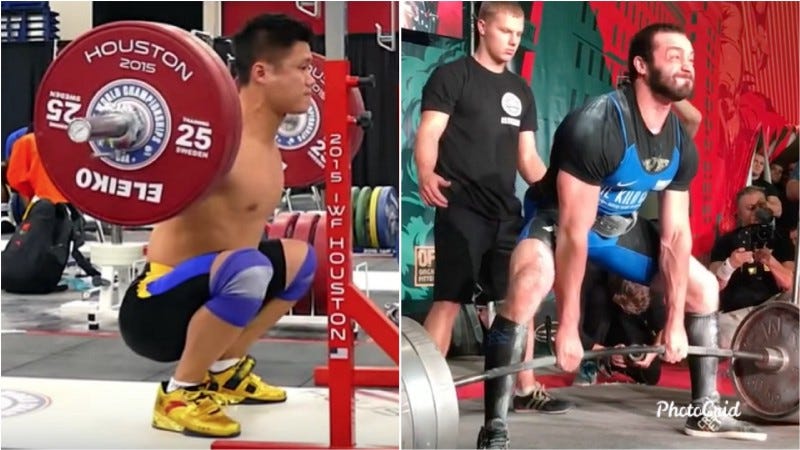
Additional Considerations
In addition to the biomechanical differences between the movements, picking things up is far more common in day-to-day circumstances than squatting with a load. Thus, it isn’t far fetched to assume that the squat motor pattern is deficient in comparison to the deadlift for most people.
Also, a reduction in spinal stability and spinal flexion wouldn’t necessarily negate the ability to complete a deadlift. Since knee extension is no longer a core component of the deadlift and load isn’t placed on top of the shoulders, you can generally get away with some thoracic flexion and still be able to lockout a deadlift. Because of the synchronous nature of the knee and hip joints in the squat, any give in the thoracic stability of the squat will almost certainly lead to forward hip tilt and compromise the entire movement if you cannot recover.
Practical Takeaways
While you may never be able to completely diminish the gap between your squat and deadlift, that’s perfectly normal. If you’re a competitive powerlifter, you can always play to your strengths. If you’re training these movements in order to add musculature or enhance performance in some other athletic endeavor, it’s all relative; any increase to either movement is positive gains. If you’re still headstrong on turning the tables, not all hope is lost; there is a lot you can do to benefit progression of either movement. Here are some key takeaways:
Become better at bracing. Stability is a key component of both of these movements, but especially the squat. The more rigid you can keep your thoracic and lumbar regions throughout the movements, the less torque necessary to produce the force necessary to complete the movement.
Perform the movement you are worse at more frequently. Again, much of the discrepancy may come from poor motor pattern development of either movement. The only true solution to this problem is to incorporate more volume and frequency and induce more practice (while managing fatigue, of course). In compromising volume from the more advanced movement, which likely elicits a greater recovery deficit thanks to your ability to more efficiently carry out the movement, you are also technically managing volume more effectively than you would otherwise.
Pick the variation of each movement that strikes the right balance between efficiency and comfort. While there is a general consensus about which variation of each movement is most effective given the anatomical circumstances at play, you may need to experiment for several weeks or even months at a time with each movement before you find one that strikes the right balance between progression, comfort, and efficiency, while also being conducive to your goals as an athlete.



